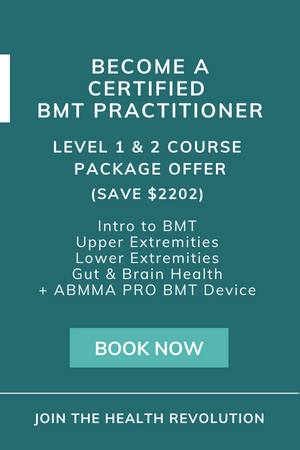Functional movement is the ability to make the joints, muscles and every part of the body move freely and without pain. It doesn’t only apply to athletes or young people; those in their old age need to have functional movement too.
We make our bodies do whatever we want right from childhood and somehow everyone expects that the body will do whatever we want in old age: this is not the case.
We grow up with dominant muscles and weak muscles so if you don’t carry out physical activities, it can lead to decline in muscle use. If you’re involved in an accident or an injury or you strain your muscle, it can hinder the body’s functional ability and movement. This would mean you may never be able to train or develop your body in a balanced manner.
We don’t understand the import of this when we’re young. There’s something about being young that makes us all feel alive and invincible. As we age, the body gets weaker and we lack the control we had when we were younger: a knee injury can lead to a knee replacement surgery after 30 years, or an athlete or dancer who stopped as a result of old age may experience painful muscle cramping and immobility. If you’re replacing a right knee your left knee will have to bear the weight and it will also react in pain afterwards.
Understanding functional movement
Proper functional movement (in old age) isn’t just about the joints or the movement of the hips, knee, pelvis, neck, ankles, feet, waist or shoulder; the body is like a machine entrusted with a system of pulleys and levers that release and work to enable us move efficiently. This is why we need to optimize the body for functional movement.
There are various ways to boost functional movement: it begins with paying attention to your body right from the soles of your feet to the centre of your head as this helps you identify bad body posture or compromised functional movement so you can correct them.
Using Traditional Chinese Medicine (TCM) to boost functional movement for old age
TCM has been in existence for many years and it serves as a means of restoring balance, healing and vitality to the body. The treatments can involve bioelectric meridian massage therapy (BMMT), acupuncture, or other herbal means.
TCM works on the Qi and meridians. According to the Chinese, Qi is the essential breath, life or energy force in the body. It flows through the meridians, which are channels that enable energy flow in the body. When there’s stagnant energy in a particular part of the body, a muscle or at a joint, it can be almost impossible to use that muscle or joint. This is what TCM focuses on: energy flow.
For BMMT, electrodes are placed on some parts of the skin that links to the meridians. It’s a bioelectric process and the electrodes are connected to a computer which determines the amount of electric current to be introduced to the electrodes. All you’ll feel is a mild vibration where electrodes are applied. You’ll end up feeling relaxed after the massage.
For acupuncture, slim needles are inserted on the skin in specific parts right along the meridian. This aids free flow of Qi to balance the yin and yang (the two different but interconnected parts) of the body. Small cones of a native Chinese herb known as Artemisia moxa are burnt at the acupuncture points to aid the process.
For acupressure, instead of using needles, pressure via massage is applied at the acupuncture points and it works just as acupuncture would.
There are also Chinese herbal formulas that aid wellbeing and optimum organ function.
In conclusion, TCM aims that the body remains balanced; that functional movement is possible at old age with the use of vibration, touch, smell and pulse to detect an unhealthy condition or any affected meridian while balancing the yin and yang.


